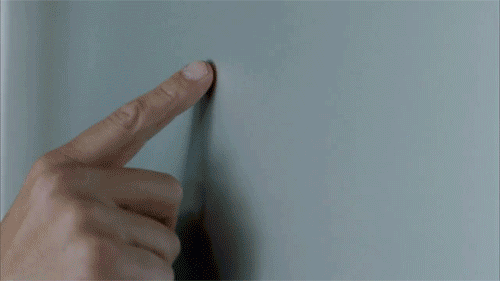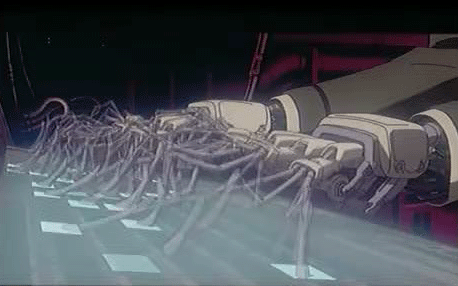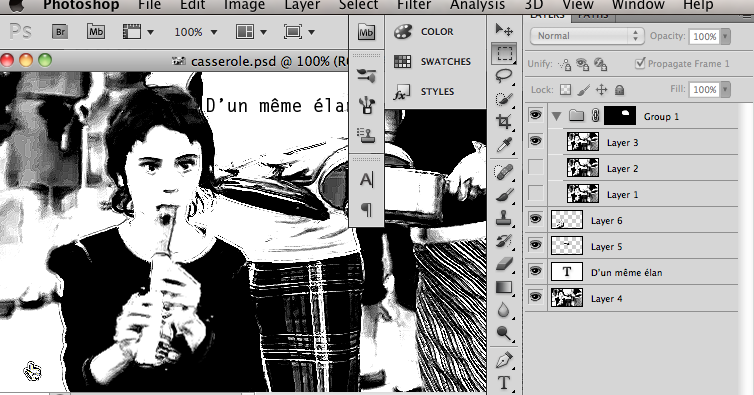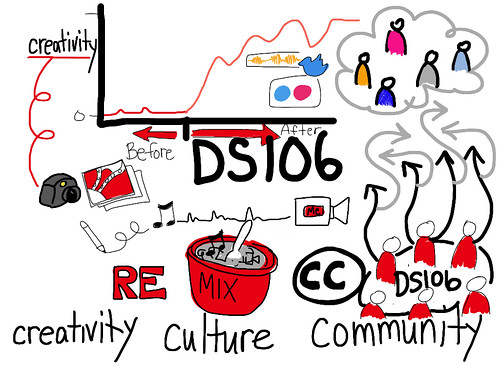There’s a lot to like about the EDCMOOC currently running in Coursera. It’s probably the closest thing I’ve seen to a cMOOC on an xMOOC platform. That said, the platform hinders its greatness. This course would be just about perfect if it existed entirely on the open web. Indeed, much of it does.
I like that the organizers decided to focus their attention on curation so they have more time to provide thoughtful prompts and meaningful engagement. While scanning the work of tens of thousands of people is impossible, I feel like I have all the information I want from the facilitators.
In truth, I had no intention of even participating in the course. Like many of the other xMOOCs I’ve signed up for, I had just planned on skimming. So far the majority of xMOOCs follow the pattern of Video, Quiz. Yawn. Video, Quiz. Stimulus. Response. Stimulus. Response.
Yawn.
When Gardner Campbell incited T.S. Eliot, “That is not what I meant. Not at all” he was pointing at this structure, labelled as Bateson’s first level of learning (at best!).
We have a wealth of genius on the open web, we don’t need to reduce it to a pavlovian response test.
But the EDCMOOC hints to me of the opening that Gardner yearns for. The mere fact that his lecture was included on the resources page speaks to it for me.
I love that EDCMOOC is entirely comprised of creative commons material and publicly available resources. I don’t love that the content locked behind a password. Though, I realize that Coursera can offer analytics, accountability, marketing and recruitment more than the open web currently can.
Of course it’s highly practical to want these things, I mean we’re talking about education in the 21st century and apparently, that’s broken. But other than a lot of PR (and consequently thousands of students) Coursera has not brought a lot to this already really great course.
It’s actually a bit fascinating to see that the use of publicly available course materials is out of devious necessity rather than ideological design. That’s the kind of opening of education I like to see.
A lot of the course lends itself to meta contextual critique and this layering of theory onto itself is helpful for me, in that there are no assumptions made that THIS is the BEST way or that there even is a best way.
The resources are visually rich, which is important to me. Even the text resources about metaphor are dense with visual language. I probably need about 4 more posts just for the Johnson & Lakoff article alone.
The videos were great to watch; they ranged from clever vignettes to deeply metaphorical animations to being just downright creepy. I chuckled at a few of the character names pulled from famous-for-surveillance philosophers, Benthem & Foucault to the bureaucratic victim in the film, Brazil- Harry Tuttle.
I’m not sure if I’m naturally drawn towards pessimism or I just like making fun of Microsoft but I had a hard time watching their utopian future advertisement videoand the Corning one without scowling. I know that if any of those things worked like that for me, I’d definitely consider it utopian. But honestly, if my wireless connection can keep three of us in the house connected for an evening, I’d consider THAT utopian.Technology just fails and we deal with it.
I thought it would be interesting to snip parts of the video out and play around with what would happen during the inevitable crash or unintended consequence occurs.
At the beginning of the film, we see a woman, late at night in a foreign land, donning some babelfish translating shades getting ready during her cab ride to check into her hotel. Murphy’s Law would definitely indicate this exactly when you’d get an exception error.
The next day, this woman will have a meeting with some locals, who for some reason are really far away. In the future everything will be whitish blue and very sterile so any odd odours will be very noticeable. Be careful if you wave your hand about trying to clear the air, as you might swat all your data out onto the table in front of you. Sploosh. Oops!
This could lead to the AI in your data analysis app to come to some alarming conclusions for you and your colleague.
At the end of a long day, finally when tele-baking with your family your uber intelligent fridge does an analysis of the ingredients and finds you in breach of the homeland food security act.
I realize that’s all very silly, especially when the other videos are really actually quite good and already full of their own dystopian views but I like to add a bit of dystopia to the utopia every once in a while.
As for my utopian view, it’s been great watching Sheila engage in the course content. I’m drawn to her wonderful musings and love how she tries new things like the data analysis and her clever reference to The Ghost in the Shell, which I used as my animated GIF for my first #Change11 post.
It’s these grand harmonies of the spheres where the you find resonances across the globe of people who fascinate and teach you, mostly without them even knowing it (except maybe on a WordPress ping?) and there’s a little bit of excitement because they like things you do too.
That’s what connectivism is to me and though I’m surprised to find it sprout from unlikely xMOOC sources, I must remember that when these things happen rhizomatically that’s when they are best.


![Ecology of Yearning [visual notes] @gardnercampbell keynote #opened12](http://farm9.staticflickr.com/8335/8094652826_cd883deb08.jpg)











